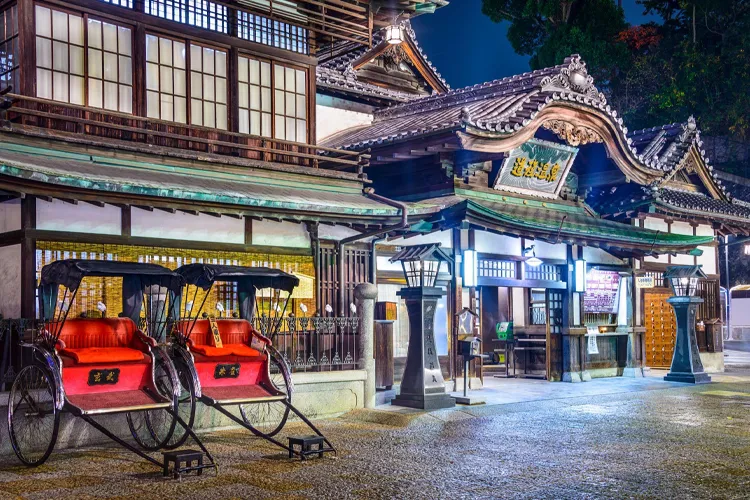- Home
- Japan Private Tours
- Shikoku & Setouchi Private Tours
Explore Shikoku & Setouchi: Best Things to Do and Travel Itineraries
Shikoku and Setouchi regions offer some of Japan’s most unique and captivating travel experiences. From the serene spiritual trails winding through Shikoku’s mountains to the vibrant art islands of Setouchi in the Inland Sea, there’s no shortage of things to do in Shikoku and Setouchi. Whether you’re crafting a detailed Shikoku itinerary or exploring the best Setouchi itinerary options, this guide will help you navigate the must-see destinations, cultural highlights, and hidden gems that define these enchanting island regions. Get ready to immerse yourself in breathtaking nature, historic temples, and world-renowned art installations as you embark on your unforgettable Shikoku and Setouchi travel adventure.
Why Visit Shikoku & Setouchi?
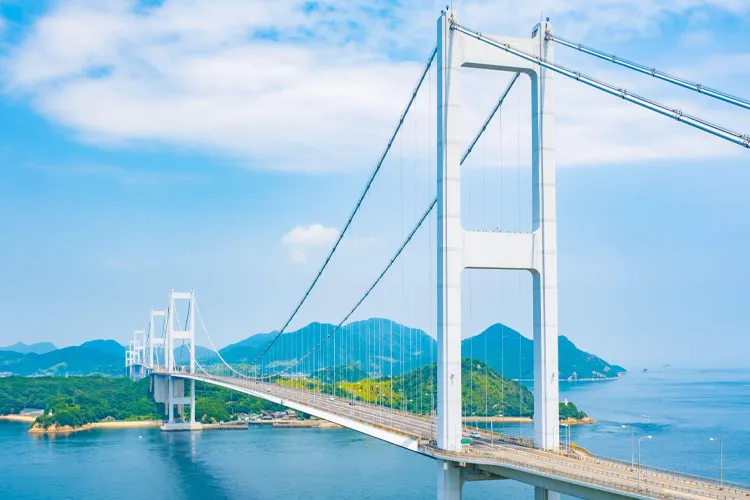
Welcome to Setouchi & Shikoku, a region of captivating contrasts where the tranquil beauty of the Seto Inland Sea's islands meets the rugged charm and spiritual depths of Japan's smallest main island. Imagine exploring contemporary art installations on a remote island, cycling across a series of picturesque bridges linking multiple islands, then venturing into Shikoku to trace ancient pilgrimage routes and savor unique local cuisines. This isn't just a trip; it's a journey into Japan's artistic innovation, profound spiritual traditions, and stunning maritime landscapes.
- Island Art & Nature: Discover unique contemporary art on islands set in the calm, sparkling waters of the Seto Inland Sea.
- Spiritual Journeys: Embark on a segment of the ancient Shikoku Pilgrimage, visiting serene temples steeped in history.
- Scenic Beauty & Adventure: Cycle the breathtaking Shimanami Kaido, witness powerful tidal whirlpools, and explore picturesque coastlines.
Quick Guide to Shikoku & Setouchi
Ready to plan your unforgettable journey through Japan's island art and spiritual heartland? Here’s what you need to know to get started.
Location & Access
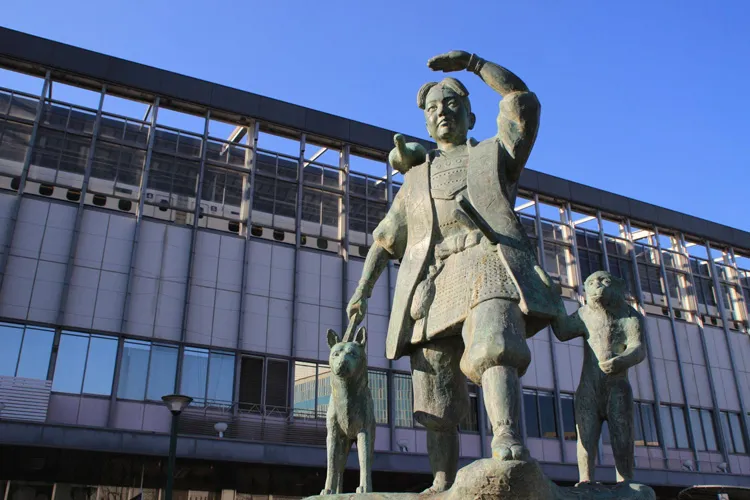
The Setouchi region encompasses the islands and coastal areas surrounding the Seto Inland Sea. Shikoku is located to the south of Honshu, accessible via bridges or ferries.
- To Setouchi Islands (e.g., Naoshima, Teshima):
- From Okayama/Uno Port: Take the JR Seto-Ohashi Line from Okayama Station to Uno Station (approx. 1 hour). From Uno Port, frequent ferries connect to Naoshima and other islands.
- From Takamatsu (Shikoku): Ferries frequently connect Takamatsu Port to Naoshima and other islands (approx. 50 minutes to Naoshima).
- To Shikoku (e.g., Takamatsu, Tokushima, Matsuyama, Kochi):
- From Okayama to Takamatsu: By JR Seto-Ohashi Line (Limited Express Shiokaze or Marine Liner) across the Seto Ohashi Bridge (approx. 1 hour). (Covered by Japan Rail Pass)
- From Osaka/Kobe to Tokushima: By Highway Bus via the Akashi Kaikyo Bridge and Naruto Bridge (approx. 2-3 hours).
- From Hiroshima/Onomichi to Imabari (Shikoku): By cycling or bus via the Setouchi Shimanami Kaido.
- By Flight: Major cities in Shikoku (Takamatsu, Matsuyama, Kochi, Tokushima) have airports with connections to Tokyo and other major Japanese cities.
Climate & Seasons
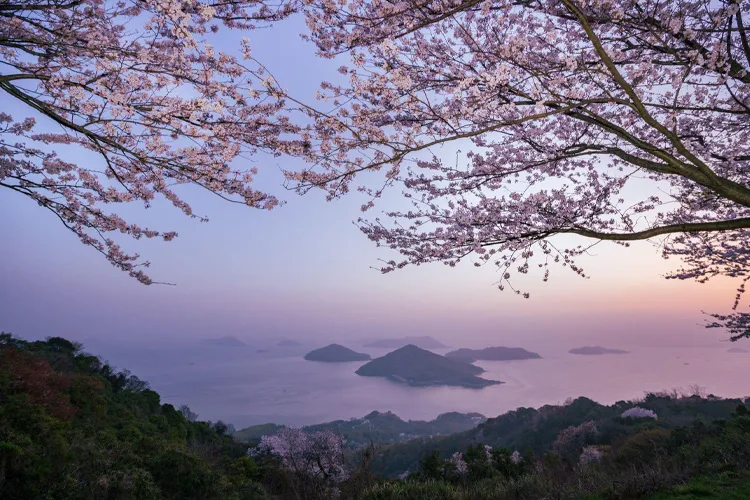
Setouchi and Shikoku experience four distinct and beautiful seasons, each offering a unique charm and transforming the scenery. The Setouchi region generally enjoys mild weather.
- Spring (March - May): Mild and pleasant (average 10-20°C/50-68°F), with cherry blossoms typically blooming from late March to early April. Ideal for comfortable sightseeing and cycling. A light jacket is recommended.
- Summer (June - August): Warm and humid (average 25-30°C/77-86°F), with sparkling blue waters perfect for island hopping and outdoor activities. Light clothing and sun protection are essential.
- Autumn (September - November): Crisp and comfortable (average 15-25°C/59-77°F), with vibrant autumn foliage in mountainous areas and around temples, typically in November. Layers are recommended.
- Winter (December - February): Generally cool (average 5-10°C/41-50°F), with clear, dry days. Offers excellent visibility and fewer crowds. A warm coat and sweaters are necessary.
When is the best time to visit? Spring and Autumn are ideal for pleasant weather and beautiful scenery (cherry blossoms/foliage). Summer is great for island activities, while Winter offers crisp air and clearer views.
Explore Setouchi's Islands & Shikoku's Diverse Areas
The region offers a fascinating blend of island beauty and Shikoku's unique prefectural characteristics.
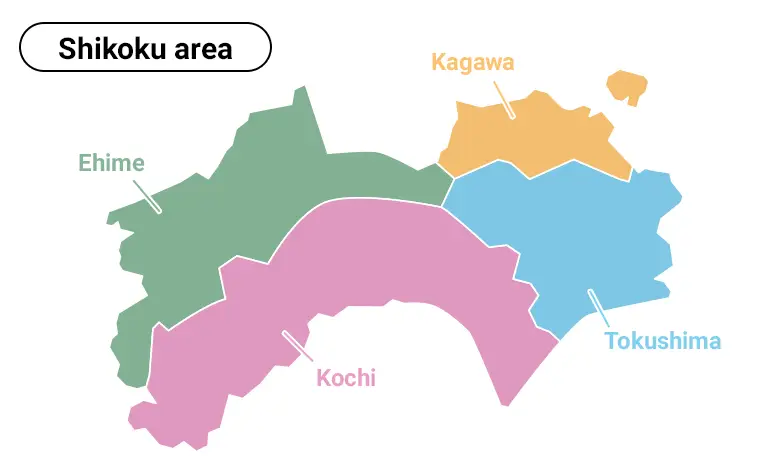
Setouchi Art Islands
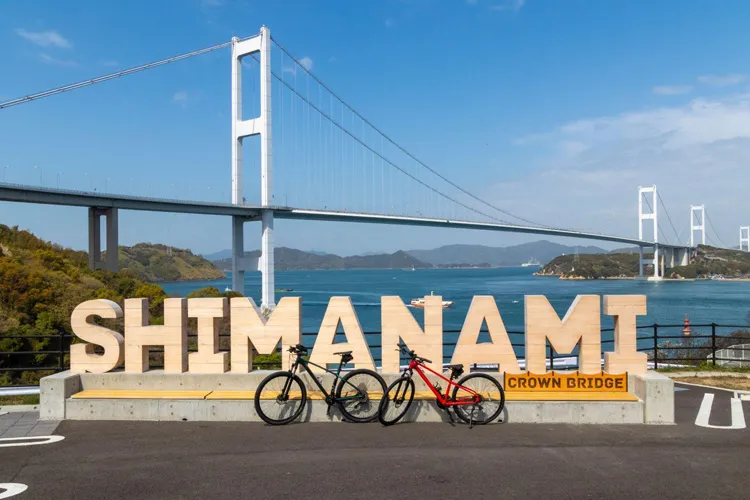
- Naoshima: The most famous "Art Island," home to world-class museums like the Benesse House Museum, Chichu Art Museum (designed by Tadao Ando), and Yayoi Kusama's iconic "Pumpkin" sculptures.
- Teshima: Known for the mesmerizing Teshima Art Museum and its beautiful terraced rice fields.
- Shimanami Kaido Islands: A series of islands connected by impressive bridges, forming a renowned cycling route between Hiroshima Prefecture (Honshu) and Ehime Prefecture (Shikoku). Each island has unique attractions.
- Ogijima & Megijima: Smaller islands with charming villages and contemporary art installations, popular day trips from Takamatsu.
- Charm: A unique blend of contemporary art, stunning architecture, and pristine island nature.
Tokushima Prefecture
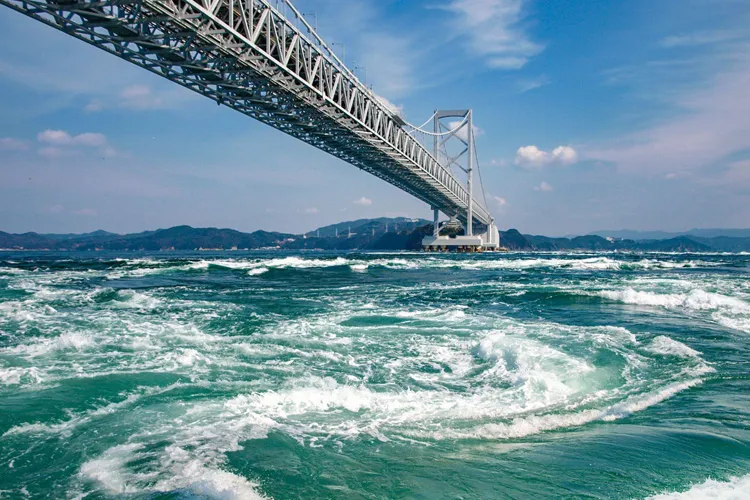
- Naruto Whirlpools: Witness the powerful tidal whirlpools of the Naruto Strait from observation decks (Uzu no Michi Walkway) or on a boat tour. Best viewed at specific tide times.
- Awa Odori Kaikan: Experience the lively Awa Odori dance (Japan's most famous traditional dance) with daily performances and hands-on lessons.
- Mount Bizan: Offers panoramic views of Tokushima City.
- Charm: Dynamic natural phenomena and a vibrant traditional dance culture.
Kagawa Prefecture
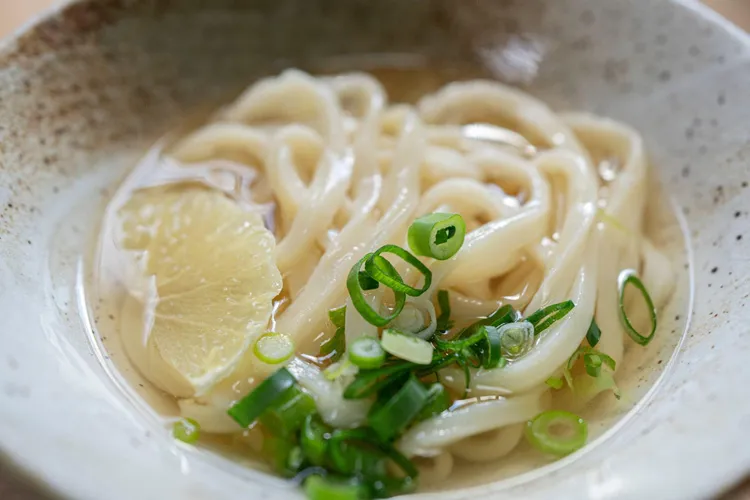
- Takamatsu: The gateway to the Art Islands and a charming city.
- Ritsurin Garden: Considered one of Japan's most beautiful traditional gardens, a masterpiece of landscape design.
- Takamatsu Castle: A unique castle built right on the sea, utilizing seawater in its moats.
- Sanuki Udon: Kagawa's most famous culinary specialty. Try the delicious, chewy noodles at local udon shops.
- Kotohira-gu Shrine: A famous Shinto shrine located halfway up Mount Zozu, requiring a long climb of over 1,300 steps. Offers beautiful views.
- Charm: Exquisite gardens, delicious noodles, and a rich spiritual landscape.
Ehime Prefecture
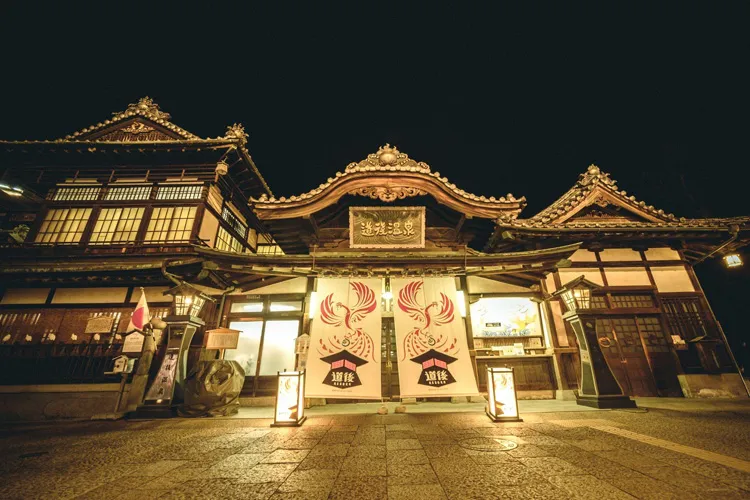
- Matsuyama: Shikoku's largest city.
- Dogo Onsen: One of Japan's oldest and most historically significant hot springs, with a beautiful traditional bathhouse said to be a model for Studio Ghibli's "Spirited Away."
- Matsuyama Castle: One of Japan's twelve original castles, offering panoramic city views.
- Uchiko: A beautifully preserved traditional town known for its historic merchant houses and Kabuki theater.
- Charm: Ancient onsen culture, well-preserved castles, and charming traditional towns.
Experience hot springs in Japan
Kochi Prefecture
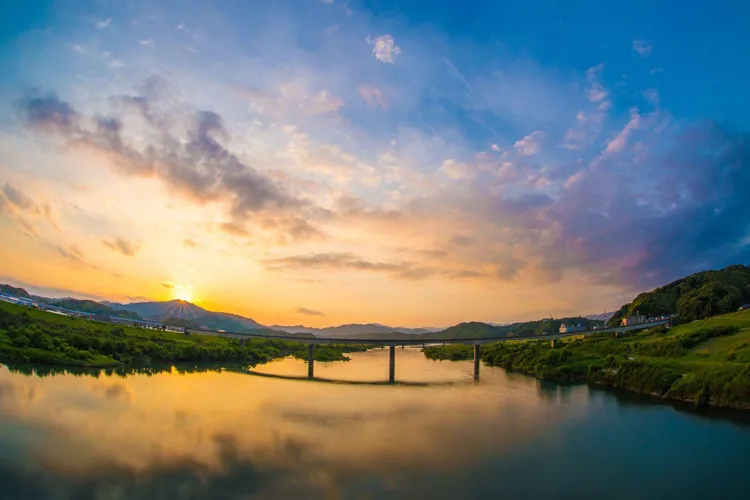
- Kochi City:
- Kochi Castle: Another of Japan's twelve original castles, offering great views from its tower.
- Hirome Market: A lively indoor market famous for its casual dining and local specialties, especially katsuo no tataki (seared bonito).
- Shimanto River: Often called "Japan's last clear stream," perfect for kayaking and cycling.
- Cape Ashizuri: Shikoku's southernmost point, offering dramatic cliffside views.
- Charm: Relaxed atmosphere, vibrant local food scene, and stunning natural landscapes.
Find Your Perfect Setouchi & Shikoku Trip
This region offers diverse experiences to suit every interest.
For Art & Design Enthusiasts
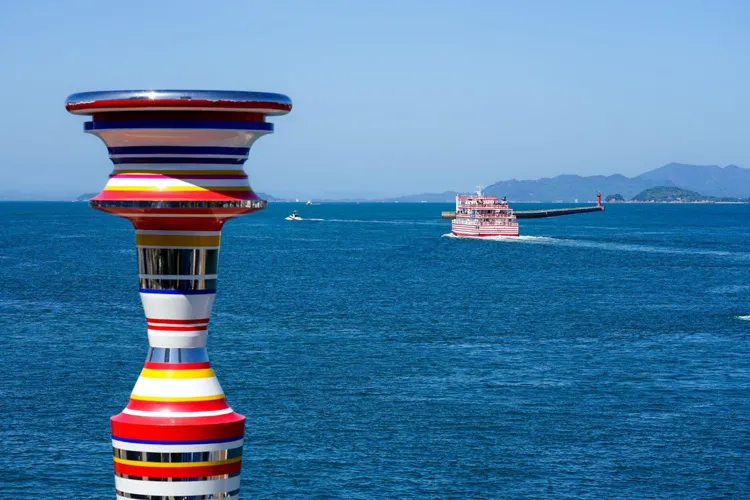
Immerse yourself in Japan's cutting-edge contemporary art scene:
- Naoshima, Teshima, Inujima: Explore the world-renowned art museums, outdoor sculptures, and art installations on these islands.
- Setouchi Triennale: (Held every three years, next in 2025) A major international art festival across multiple islands.
- Architectural Marvels: Appreciate the designs of Tadao Ando and other architects integrated into the landscape.
For Outdoor & Adventure Seekers
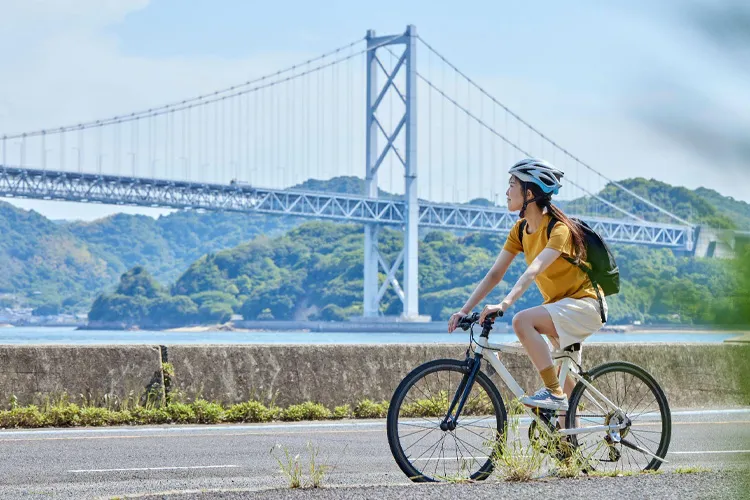
Embrace the natural beauty and thrilling activities:
- Setouchi Shimanami Kaido: Cycle this iconic 70km route across bridges and islands. Rental bikes are available.
- Naruto Whirlpools: Take a boat tour or walk the Uzu no Michi for an up-close view of this natural phenomenon.
- Shimanto River: Kayak, raft, or cycle along Japan's clearest river.
- Hiking: Explore trails on Mount Misen (Miyajima, near Hiroshima), Mount Konpira (Kotohira-gu), or in the Iya Valley (Tokushima).
For Spiritual Journeys & History
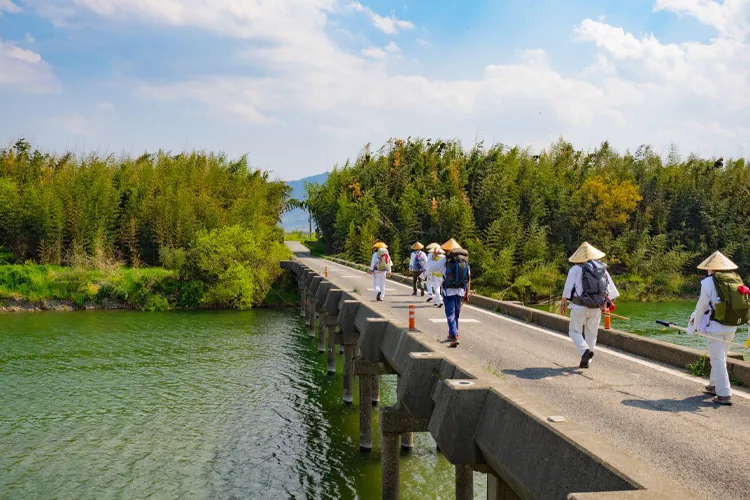
Connect with ancient spiritual traditions and historical sites:
- Shikoku Pilgrimage: Visit some of the 88 temples on this ancient Buddhist pilgrimage route. Even visiting a few offers a unique cultural experience.
- Kotohira-gu Shrine: Undertake the rewarding climb to this impressive shrine.
- Dogo Onsen Honkan: Experience one of Japan's oldest and most revered public bathhouses.
- Matsuyama Castle & Kochi Castle: Explore these authentic, original castles.
For Food Lovers
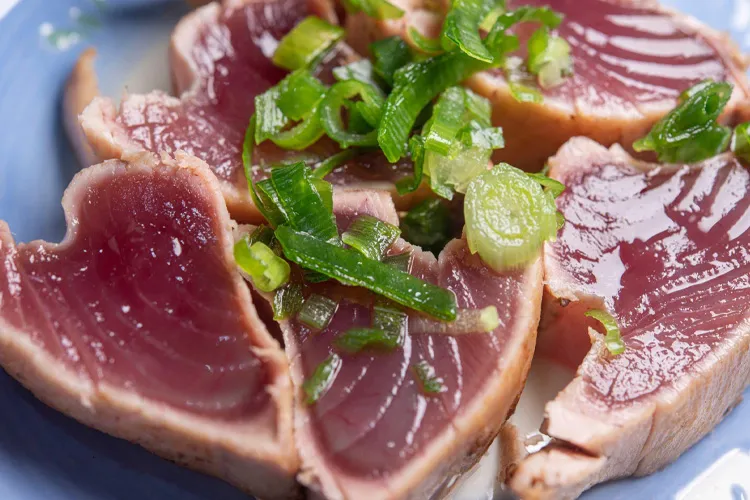
Savor the distinct and delicious flavors of Setouchi and Shikoku:
- Sanuki Udon (Kagawa): Indulge in the perfectly chewy udon noodles at countless local shops.
- Katsuo no Tataki (Kochi): Fresh bonito, seared briefly over straw fire, sliced, and served with ponzu sauce.
- Setouchi Seafood: Enjoy fresh seafood from the tranquil Inland Sea, including oysters (Hiroshima) and various fish.
- Citrus Fruits (Ehime): Famous for a wide variety of oranges and other citrus.
- Local Sake & Shochu: Sample local brews from the region's many breweries.
Sample Shikoku & Setouchi Itineraries
Need some inspiration? Here are a few suggested itineraries to help you plan your perfect Setouchi & Shikoku adventure.
Example 1: Setouchi Art Island Hopping
Focus: Contemporary art, nature, and island vibes
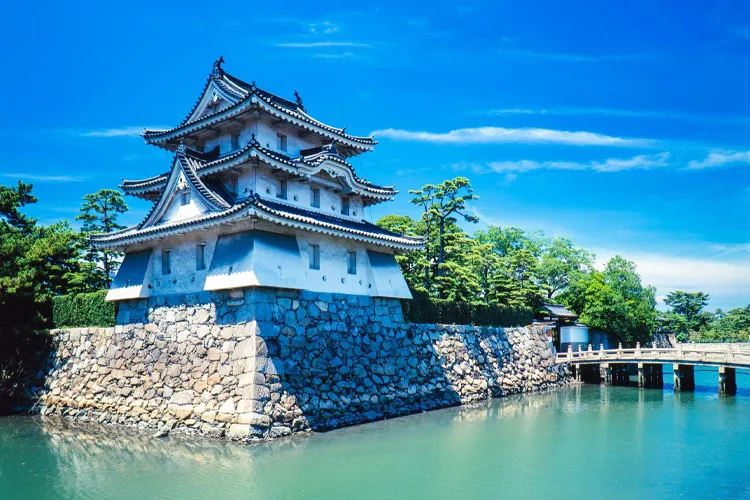
- Day 1 (Naoshima): Arrive at Uno Port (from Okayama). Ferry to Naoshima. Check into hotel/minshuku. Explore Benesse House Museum and Chichu Art Museum. Enjoy sunset over the art installations. Overnight on Naoshima.
- Day 2 (Teshima & Naoshima): Morning: Ferry to Teshima. Visit Teshima Art Museum and explore the island's art. Afternoon: Return to Naoshima or your base. Explore more of Naoshima's outdoor art or local cafes. Overnight on Naoshima or in Takamatsu.
- Day 3 (Takamatsu & Ritsurin Garden): Morning: Ferry to Takamatsu. Check into hotel. Explore Ritsurin Garden. Afternoon: Visit Takamatsu Castle Ruins. Evening: Enjoy Sanuki Udon for dinner. Overnight in Takamatsu.
- Day 4: Morning: Take a day trip to Ogijima/Megijima if time allows, or enjoy more udon. Depart from Takamatsu (to Honshu or other parts of Shikoku).
Example 2: Shikoku Pilgrimage & Scenery
For a blend of spiritual journey, history, and natural beauty
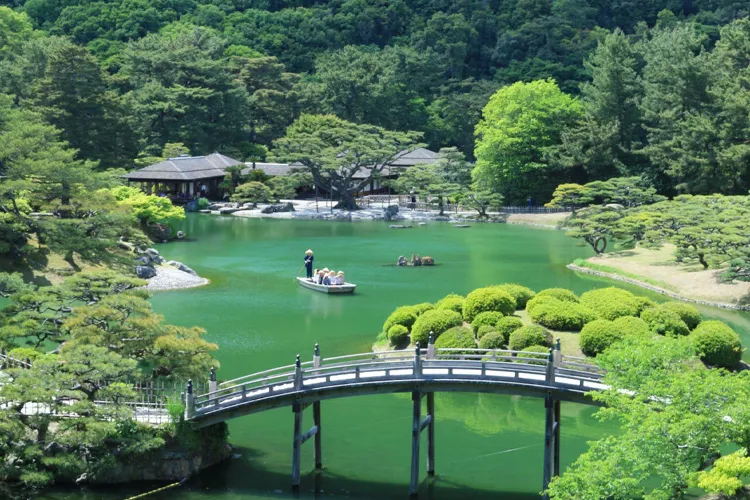
- Day 1 (Tokushima): Arrive at Tokushima (e.g., by bus from Osaka). Check into hotel. Visit Awa Odori Kaikan for a dance performance. Evening: Stroll through the city. Overnight in Tokushima.
- Day 2 (Naruto & Takamatsu): Morning: Take a bus to Naruto to experience the Whirlpools (boat tour or Uzu no Michi). Afternoon: Travel to Takamatsu. Visit Kotohira-gu Shrine (the steps!). Overnight in Takamatsu.
- Day 3 (Matsuyama & Dogo Onsen): Morning: Explore Ritsurin Garden in Takamatsu. Afternoon: Travel to Matsuyama (by train). Check into hotel. Visit Matsuyama Castle. Evening: Relax at Dogo Onsen Honkan. Overnight in Matsuyama.
- Day 4 (Uchiko & Kochi): Morning: Take a side trip to Uchiko to explore its charming traditional street. Afternoon: Travel to Kochi. Visit Kochi Castle and Hirome Market for dinner (try katsuo no tataki!). Overnight in Kochi.
- Day 5: Morning: Explore more of Kochi (e.g., Sunday Market). Depart from Kochi (e.g., by flight or train).
Example 3: Shimanami Kaido & Setouchi Cycling
Active trip focused on the scenic cycling route
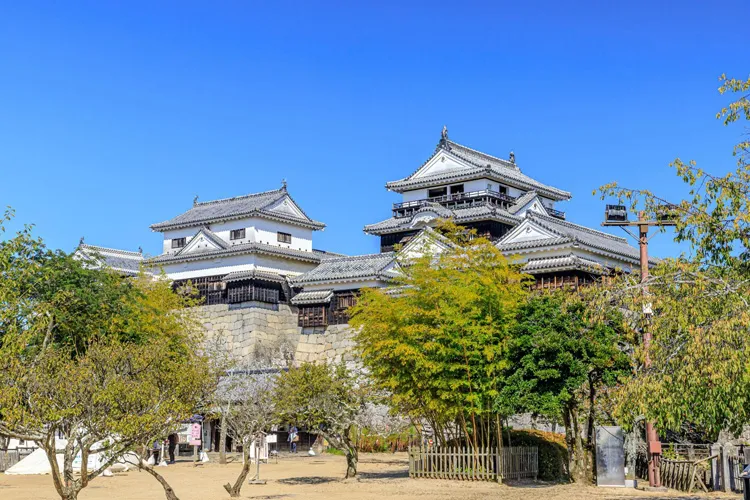
- Day 1 (Hiroshima & Onomichi): Arrive at Hiroshima Station. Briefly visit Peace Park or just transit. Travel to Onomichi (by train). Rent a bike. Cycle part of the Shimanami Kaido (e.g., to Mukaishima or Innoshima) and stay on one of the islands or return to Onomichi. Overnight in Onomichi or a Shimanami island.
- Day 2 (Shimanami Cycling): Full day of cycling the Shimanami Kaido, experiencing the bridges, scenic views, and local islands. Stay overnight on an island further along the route (e.g., Omishima, Ikuchijima).
- Day 3 (Imabari & Matsuyama): Morning: Finish the cycling route in Imabari (Ehime). Return bikes. Travel to Matsuyama. Check into hotel. Visit Matsuyama Castle and relax at Dogo Onsen Honkan. Overnight in Matsuyama.
- Day 4: Morning: Explore more of Matsuyama or take a short trip to Uchiko. Depart from Matsuyama (e.g., by flight or train).
Find Your Perfect Shikoku & Setouchi Trip
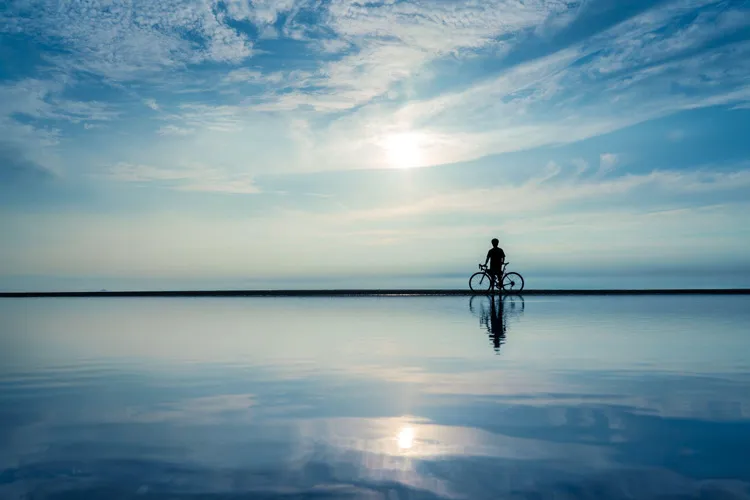
Make your trip to Setouchi and Shikoku smooth and enjoyable with these practical tips.
Transportation
- JR Pass/All Shikoku Pass: Consider the Japan Rail Pass if traveling widely across Japan. For Shikoku-specific travel, the All Shikoku Pass (covering JR Shikoku, private railways, and some buses) can be very cost-effective.
- Ferries: Essential for island hopping in Setouchi. Check schedules as frequencies vary.
- Rental Car: Highly recommended for exploring rural Shikoku (e.g., Iya Valley, Shimanto River, Cape Ashizuri) where public transport is less frequent.
- Buses: Connect major cities within Shikoku and offer routes to more remote areas.
- Cycling: On the Shimanami Kaido, well-established bike rental and return systems make it easy.
Accommodation
The region offers a wide range of accommodation:
- Art Islands: Unique boutique hotels (e.g., Benesse House), minshuku (guesthouses), and a few hostels. Book well in advance.
- Shikoku Cities: Hotels from business to luxury, especially around major train stations.
- Onsen Towns (e.g., Dogo Onsen): Traditional ryokan with hot spring facilities.
- Rural Areas: Smaller guesthouses and minshuku.
Connectivity
- Free Wi-Fi: Available at major stations, many hotels, and some public areas.
- SIM Cards & Pocket Wi-Fi: Recommended for consistent internet access, especially on remote islands or rural Shikoku.
Other Useful Information
- Comfortable Shoes: Essential for exploring art sites, temples, and cycling.
- Cash is Useful: While major establishments accept credit cards, having some cash is useful for smaller shops, rural eateries, and local buses/ferries.
- Check Art Museum Tickets (Naoshima): Some museums (especially Chichu Art Museum) require advance reservations. Check official websites.
- Tide Times for Naruto Whirlpools: Consult a tide chart for the best viewing times.
- Shikoku Pilgrimage Etiquette: If visiting pilgrimage temples, observe respectful behavior and dress modestly.
Setouchi & Shikoku Travel FAQ
- What kind of places are Shikoku and Setouchi? What are their features?
- Shikoku is one of Japan’s four main islands, known for its rich natural landscapes, mountains, and traditional culture. It’s famous for the “Shikoku Pilgrimage,” a spiritual journey visiting 88 temples, attracting travelers seeking a meaningful experience. The region is also known for agriculture and fishing, offering unique local cuisine.
Setouchi (Seto Inland Sea) lies between Honshu, Shikoku, and Kyushu islands, featuring many islands in calm waters. Setouchi is famous for its seafood and modern art islands like Naoshima and Teshima. The mild climate and peaceful scenery make it ideal for island-hopping by ferry and enjoying nature and culture. - What are the recommended sightseeing spots in Shikoku? What are popular spots in Setouchi?
-
Recommended spots in Shikoku:
- Takamatsu (Kagawa Prefecture): The udon capital with delicious Sanuki udon and beautiful Ritsurin Garden.
- Dogo Onsen (Ehime Prefecture): One of Japan’s oldest hot springs with a charming retro town atmosphere.
- Naruto Whirlpools (Tokushima Prefecture): One of the world’s largest whirlpools in the Naruto Strait.
- Iya Valley (Tokushima Prefecture): A remote gorge famous for its vine bridges and stunning nature.
- Matsuyama Castle (Ehime Prefecture): A historic castle with a lovely castle town to explore.
- Mount Tsurugi (Tokushima Prefecture): The second highest peak in Shikoku, popular for hiking.
- Naoshima (Kagawa Prefecture): An art island famous for the Benesse Art Site.
- Teshima (Kagawa Prefecture): A relaxing island blending nature and art.
- Shodoshima (Kagawa Prefecture): Known for olives and soy sauce production, with beautiful landscapes.
- Onomichi (Hiroshima Prefecture): A historic port town famous for its hillside streets and temples.
- Shimanami Kaido (Ehime to Hiroshima): A popular cycling route connecting islands across Setouchi.
- Is it safe and comfortable for foreigners to travel there? How is the security?
- Shikoku and Setouchi are very safe regions, similar to the rest of Japan, with low crime rates. Foreign visitors can travel comfortably and securely, including walking alone at night in most areas. Public transport and tourist information increasingly provide English support, making it easier for international travelers. However, in more rural areas, English may be less common, so having some basic Japanese phrases or a translation app is helpful.
- What are popular souvenirs and where can you buy them?
- Popular souvenirs:
- Sanuki Udon (Kagawa) — dried or fresh noodle sets
- Jakoten (Ehime) and other processed seafood products
- Olive oil and olive-based products (Shodoshima)
- Wasanbon sugar sweets (Tokushima) — traditional high-quality Japanese sweets
- Washi paper products and traditional crafts (Kochi, Tokushima)
- Local sake and citrus liquors
- Souvenir shops at major train stations and airports
- Local souvenir shops and roadside stations (Michi-no-Eki) across Shikoku
- Art island shops (Naoshima, Teshima)
- Local supermarkets and markets for fresh and processed foods


